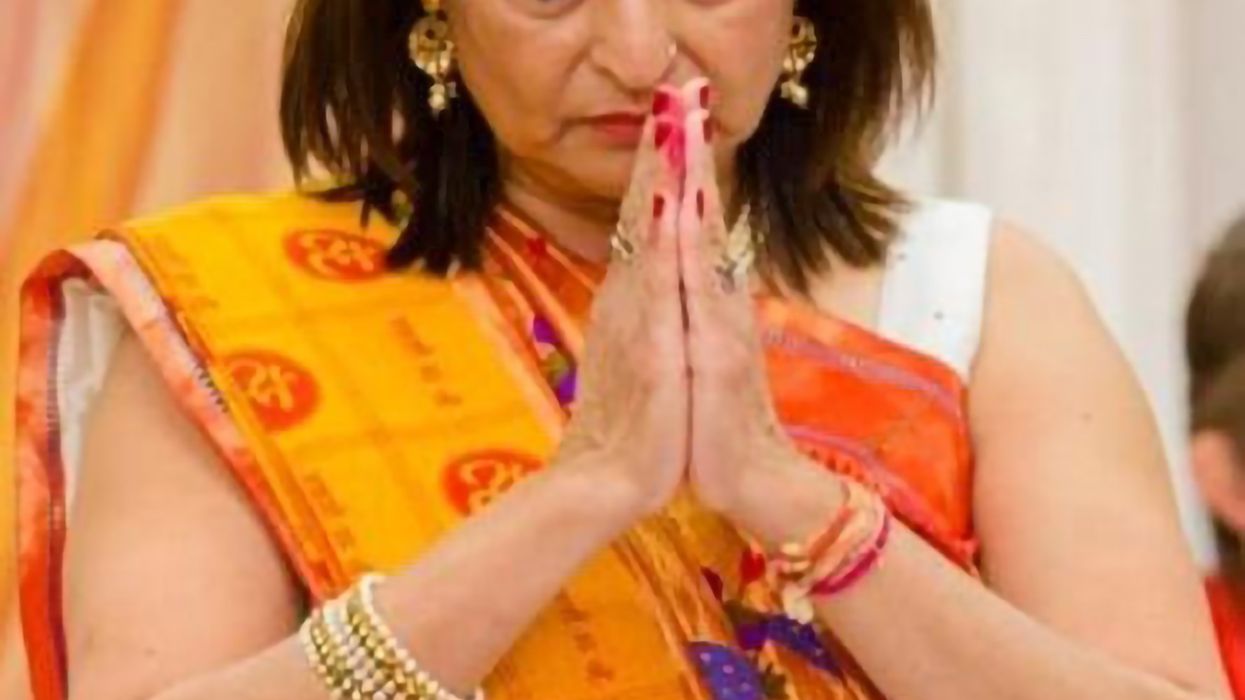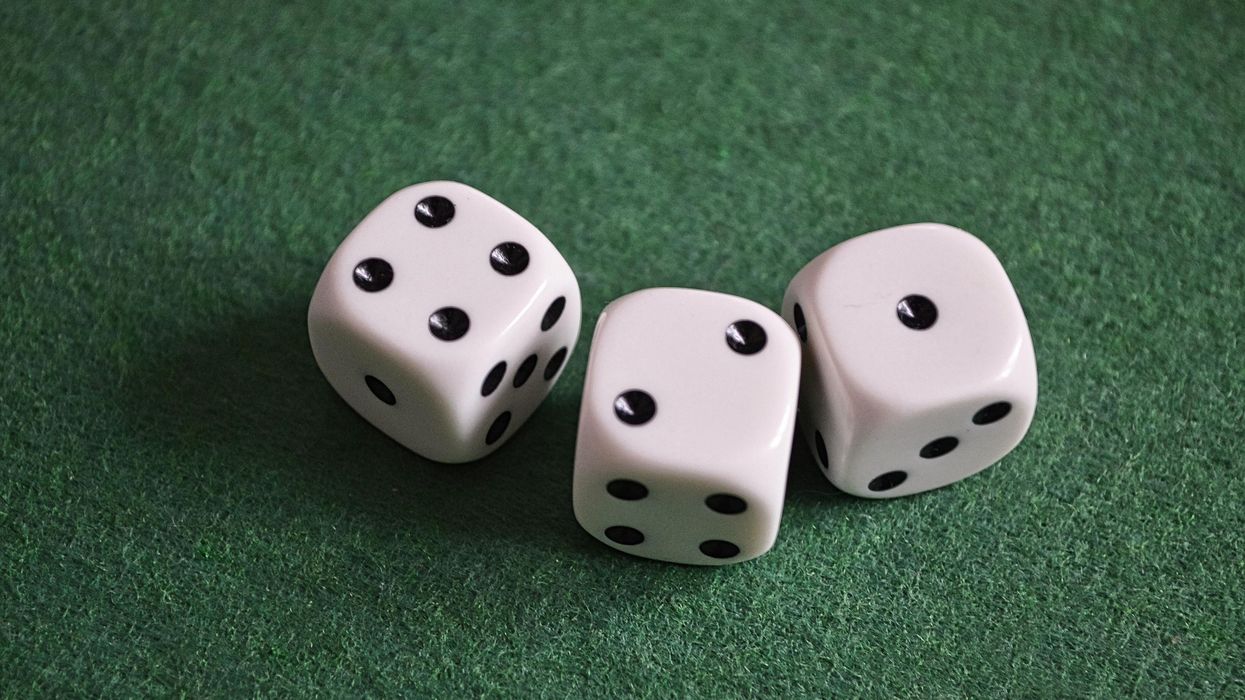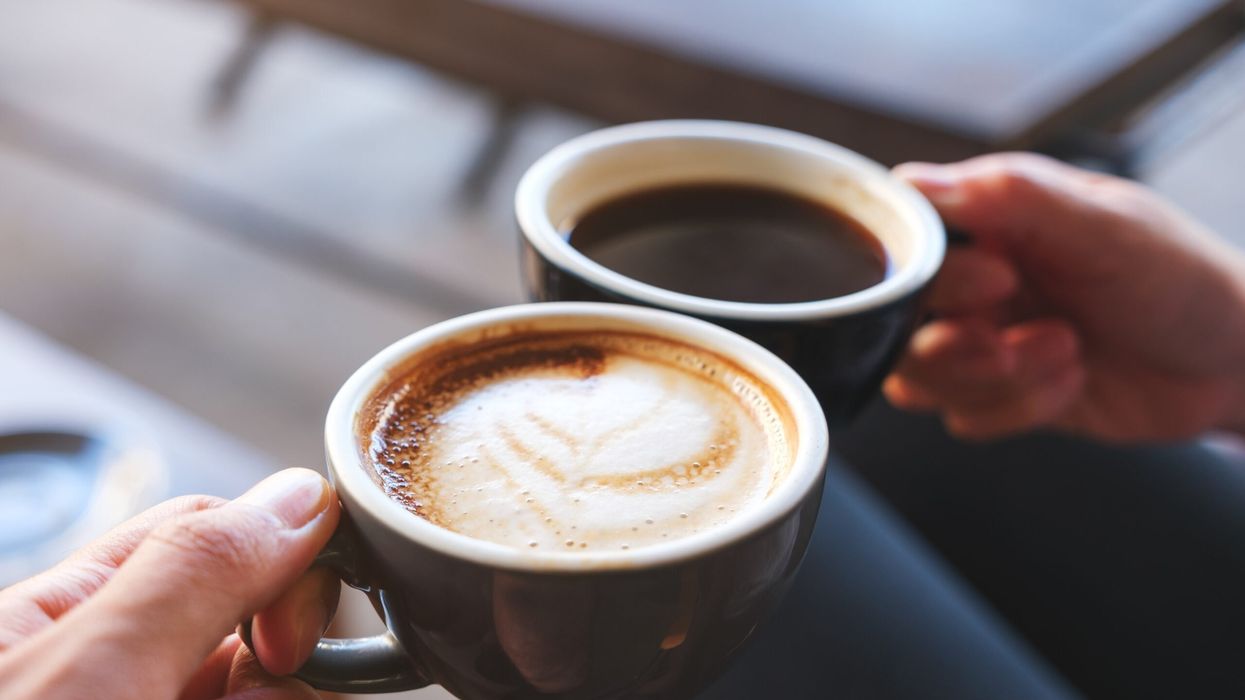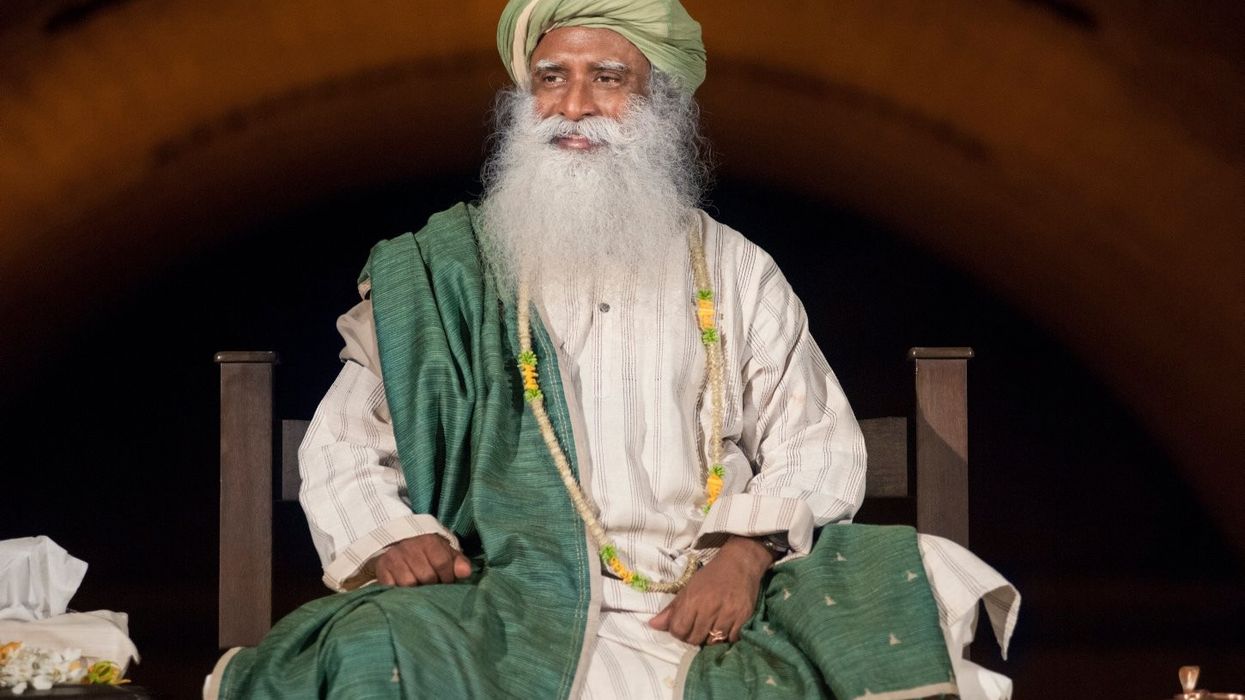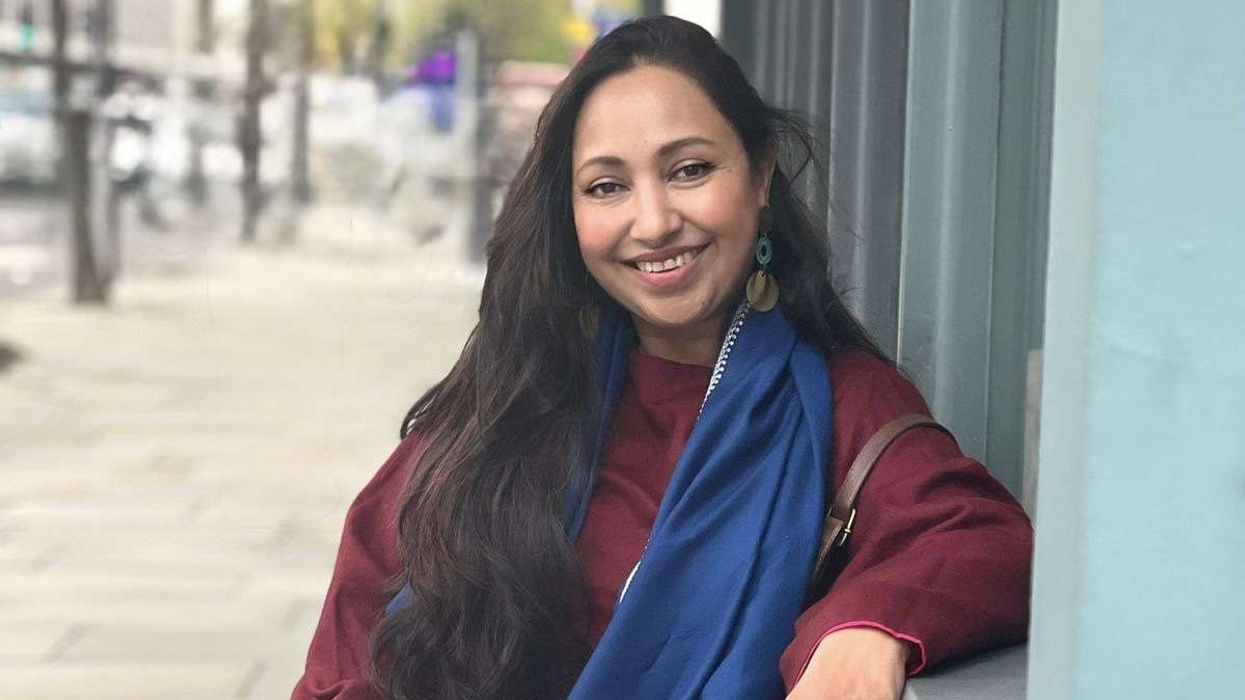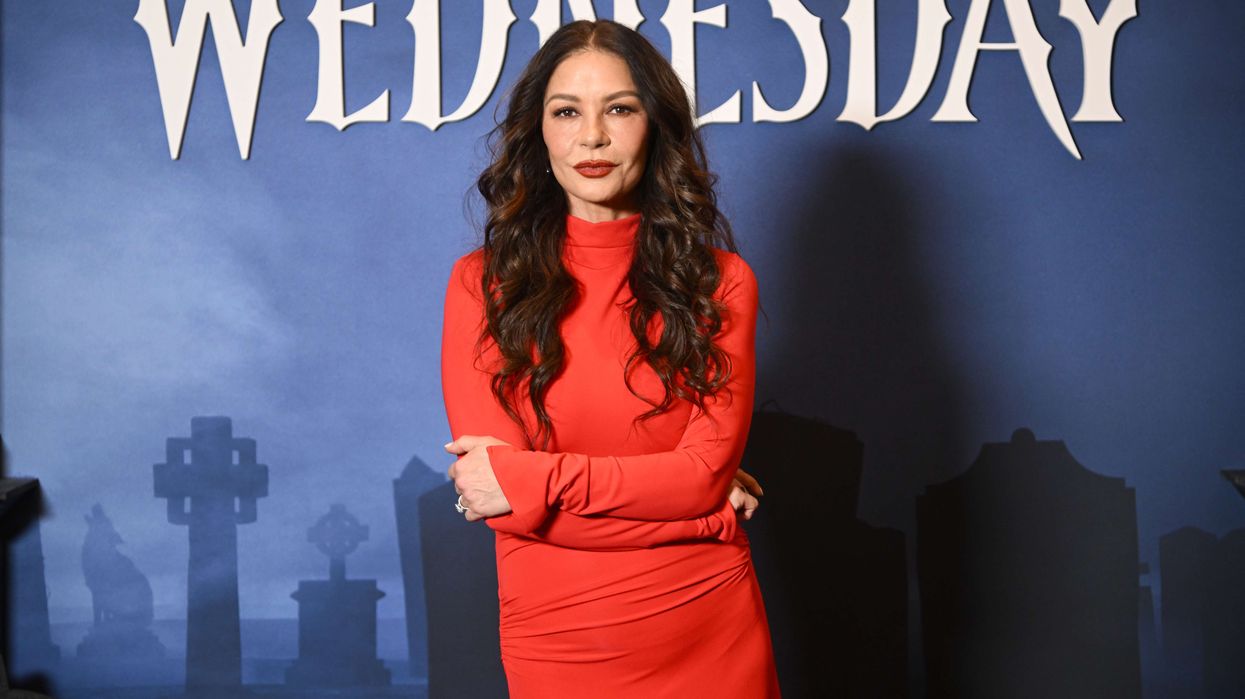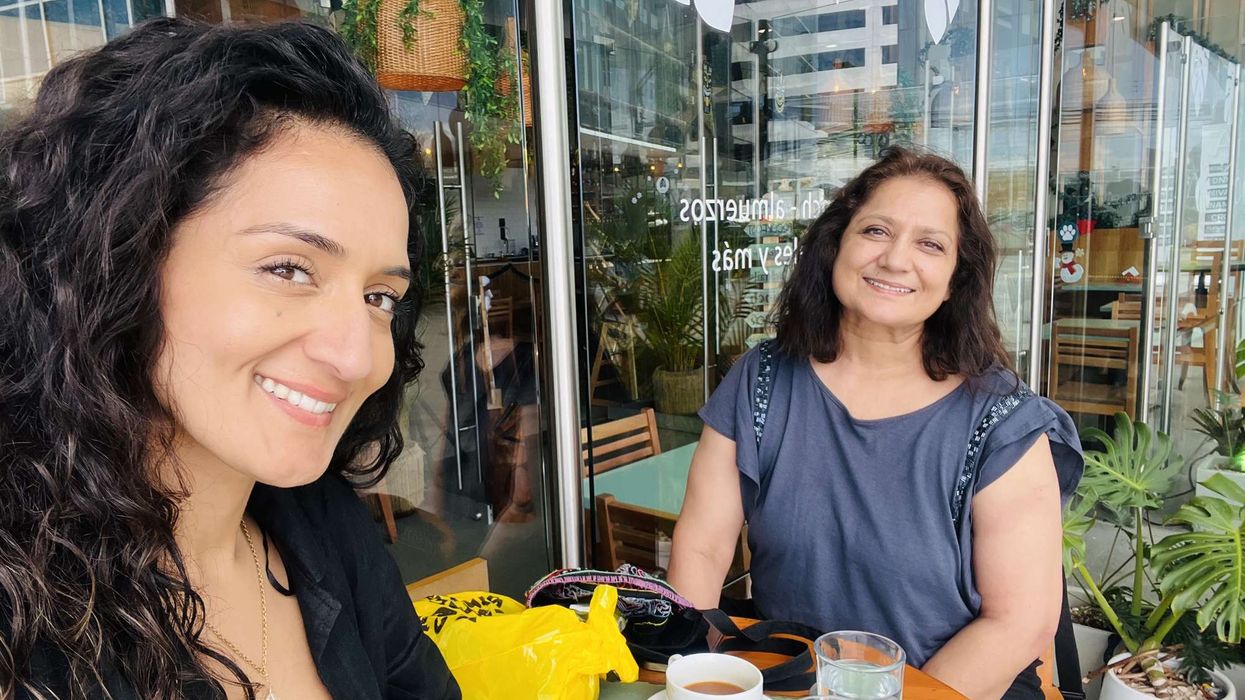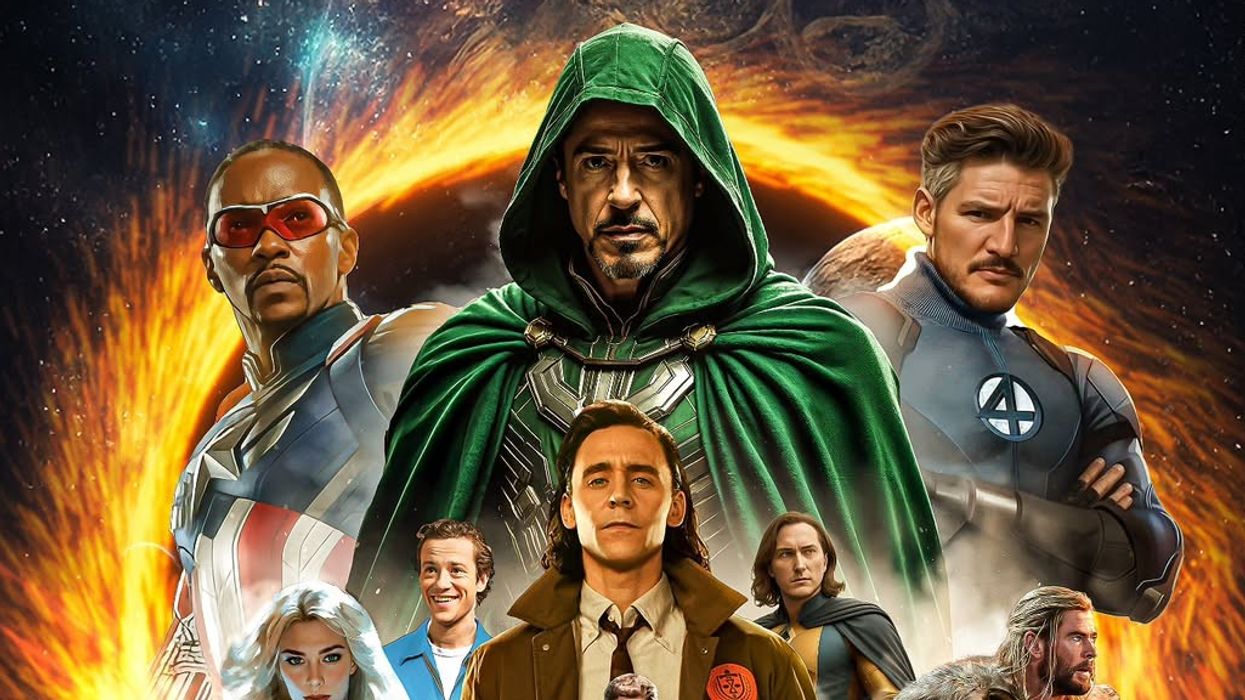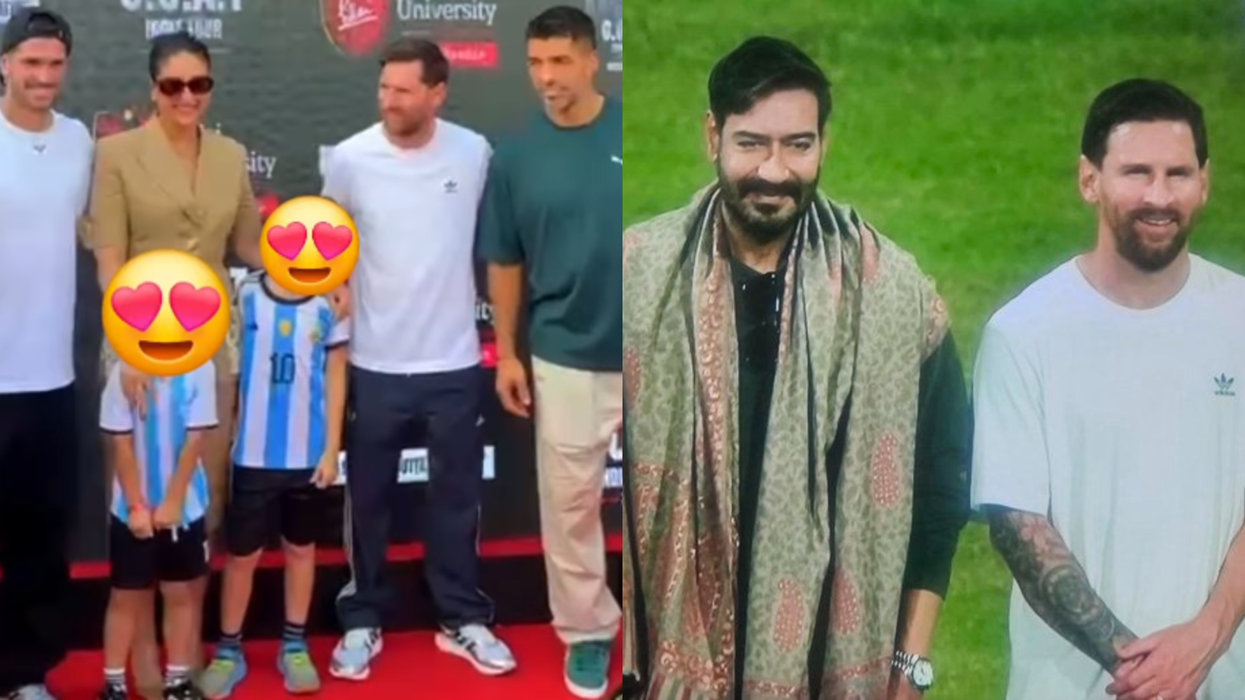PRIEST CHANDA VYAS ON LOSS, GRIEF AND THE POWER OF PRAYERS
THE devastating deaths caused by Covid-19 has left families heartbroken and the unsung heroes that have helped during this difficult time have been hardworking priests from different faiths.
Leicester-based Chanda Vyas has been conducting funerals throughout the pandemic and
giving grieving families some sort of solace. The first Hindu female priest in the UK has conducted an unprecedented number of funerals in the past 12 months and seen the high anxiety of families, including those who have been left isolated. She has also had to deal with lockdown weddings and spreading awareness among worshippers.
Eastern Eye caught up with Chanda Vyas to discuss the challenging times for priests, the power of prayers, coping with loss and the safety of worshipping from home.
How has the coronavirus pandemic been for you as a priest?
The global impact of this Covid-19 pandemic has been so difficult to accept for me personally and also as a priest. I have conducted a high number of funerals both via Zoom and in person at the crematorium when possible. I have noticed that people’s beliefs and levels of positivity have been up and down, due to the immense pressure of the pandemic.
What key advice would you give people who are planning a funeral during a pandemic?
It’s difficult to give advice on planning the arrangements as every individual handles situations differently and has different cultural/traditional needs. The most generic advice I have given is for families to follow government advice, complete some rituals at home as a family and conduct the ceremony via an online platform for others to be able to pay their respects. Operating online has proven to work well and follow-up rituals can always be practised by the family with the advice of a priest, or families can wait to conduct some rituals in the future once the measures of restrictions have ceased.
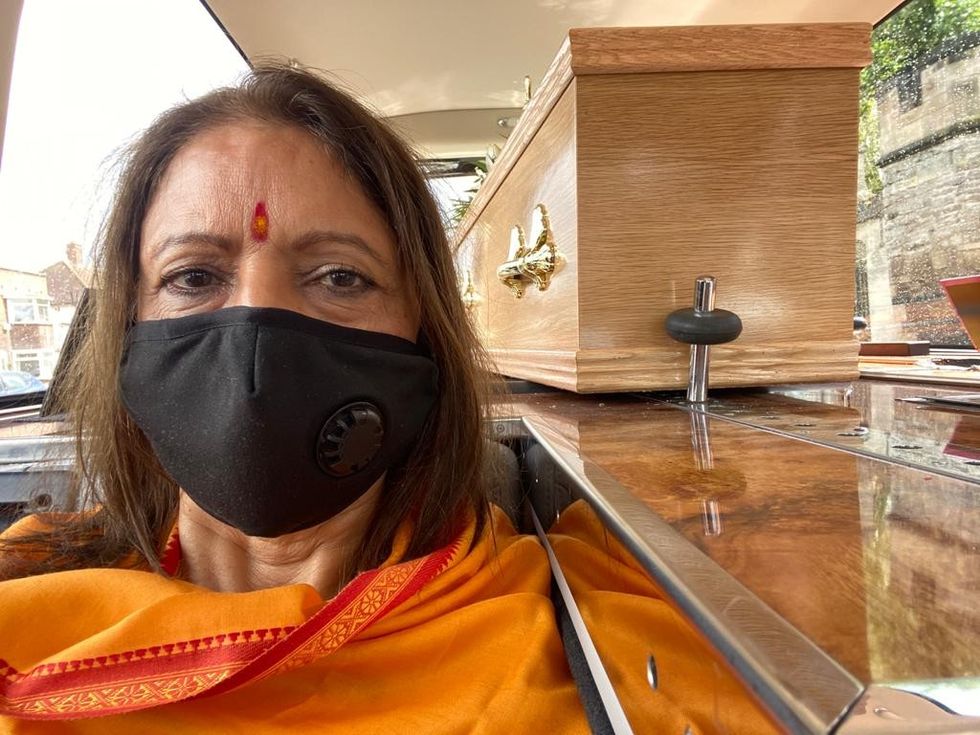
What advice would you give those dealing with sadness of losing someone?
I always ask for individuals to be strong, but this is not always easy as the loss of a loved one is emotionally and physically hard to accept and process. I advise people to keep talking to family and friends, and keep all lines of communication open. Usually, people would gather and support one another but, of course, we cannot do that so use video-calling with those close to you, as seeing people is important. Go for walks and meditate, as these practices help to calm the mind and stay in the moment. Take as long as you need to heal.
Have you been seeing many people struggling to cope?
Every individual I have communicated with has struggled in one way or another, including dealing with loss, working from home every day, living alone, losing their jobs and business, and fear of catching the virus, among others. Also, accepting the world is in crisis and the fear of all the unknowns, as there is no way to plan anything at the moment, has created so much anxiety. So, the struggles have been many.
What is the secret to staying strong during difficult times?
There is no secret to staying strong. As we are all aware, mental health is a really important part of our wellbeing and I encourage people to talk about how they feel. Sharing feelings with others is important – you can find strength in communication. Also adopting practices and routines that could support your wellbeing, such as exercising, eating well, prayer, meditation, family time
and alone time will help. Make time to do things that make you happy.
How much has prayers helped you?
Prayer is an essential part of my life, and I don’t necessarily sit in one place and pray. I believe life is a prayer. I like to keep prayer as a present part of all my actions. Prayer is like an affirmation. When I pray, I affirm the moment and am
grateful. As a ritual, I always close my evening with the Hanuman Chalisa, which I like to recite alone.
As a female priest, are you able to make an added difference?
I feel the biggest difference I can give is to be myself, listen and have empathy with the people whom I am talking to.
What would you say to those people wanting to get married?
Planning a wedding is already a highly anxious process, so Covid hasn’t really helped. Most of my clients’ weddings here in the UK and overseas have been changed on several occasions,
and due to Covid restrictions, it has been difficult to make any plans really. Therefore, I would
advise couples to remain patient, adaptable and plan for smaller weddings. Keep your weddings intimate and fun.
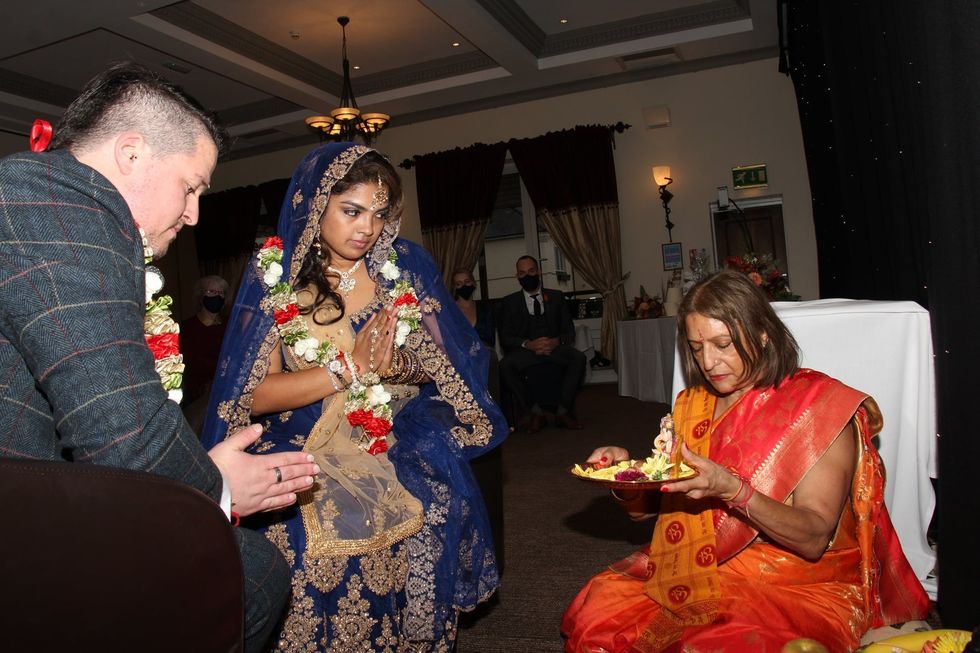
There has been a lot of reports of the elderly going to places of worship and catching Covid-19. What would you say to religious elderly people wanting to maintain that spiritual connection?
I think it’s important everyone follows the government guidelines and takes a sensible risk
averse approach to ensure they stay safe. We can all pray in our homes as most of us have a shrine, which is just as holy as a temple; I encourage people to worship from the safe space of their home until the guidelines change.
You help others as a priest, but do you get any time for self-care?
For me, self-care is taking the time to meditate, offering love and support to my family, friends and anyone else in the community. I also like to walk in the park as being in nature is when I feel very relaxed.
What is it that inspires you to do what you do so admirably?
It’s the giving of service to the community and the world, being able to advise and guide those in need of support, explaining the Hindu rituals and ceremonies to the younger generation, so they can embrace, learn and understand the importance of these ancient practices with some context. I like to ensure all people are made to feel welcome and included in the Hindu faith, regardless of their background, and strive to make a small difference by breaking those ‘norms’ that culture/tradition/society have lived with for generations but might not be aligned to the way we live in the modern world. This is my inspiration.
